Gazebo Ideas for Hot Tubs: Add Privacy and Create a Spa-Like Space to Get Away
Awhile back, I was floating around in a friend’s outdoor hot tub, and I saw that he and his wife had a problem. The wind was heavy, leaves kept falling into the water and they were worried the debris would wind up clogging their filter. It turns out they had been brainstorming gazebo ideas for hot tubs that would help solve this problem by giving their tub a bit more protection and them a bit more privacy. And I can understand this–hot tubs and gazebos just seem designed to work together. When my friends finally took the plunge and added one, it turned their hot tub area into something more like an outdoor spa, and gave the whole look of the home an upgrade (and, they’re hoping, gave the property value a boost, too).
Not only does a gazebo provide privacy, it also keeps dirt, debris, and rain from falling into your hot tub, which will help it last longer. It’s a structure that allows you to get use out of your hot tub year-round, even on rainy or cold days, as it protects you from the elements. With the right gazebo design and high-quality, corrosion-resistant hardware, you can extend the life of your hot tub and gazebo while increasing your property’s overall beauty–and value. Here’s what I learned from helping out my friends with their project.
Tips for Building a Long Lasting Gazebo
When you build a gazebo around your hot tub, you have to remember that the structure is going to come in regular contact with chemically treated water. Durability, specifically in the hardware you choose and the type of wood you use, is going to be a key part of building something that will stay sturdy, safe, and good-looking. While most gazebo plans already account for water from the elements, the hot tub gazebo is going to require a few additional considerations due to both the weight of the hot tub and the chemicals in the water. Here are a few things to consider when you draw up plans for your gazebo and start making materials lists:
- Choose level, sturdy ground: If you are building on a slant, the water in your hot tub won’t be level. If you build on a soft spot, it’s going to sink. Your hot tub, when full, is going to be very heavy–most estimates come in at about 100 pounds per square foot. Take note of the load requirements specific to your hot tubs design, as all hot tubs are different. No matter what, you’ll want to level and compact the ground. If you’re working on very loose sand or unstable land, the best route is probably to pour a concrete foundation.
- Have a clear drainage route: When building a gazebo around your hot tub, you’re going to need to consider how this will drain. Eventually, you’re going to need to empty your hot tub to clean it, so you’ll want your water drainage valve to be easily accessible. You also want water to drain away from the hot tub so you don’t have issues with it collecting around the tub, which can erode away the ground around it.
- Choose the right building materials: The wood platform of your gazebo is going to come in regular contact with heated, chemically treated water. You’ll need to make sure that the wood you use is sealed with an oil-based sealer. You’ll also want to use a wood that has been prepped to deal with water and resist rot, like ACQ-treated lumber.
- Use proper hardware: Like your wood, your hardware is likely going to encounter heated, chemically treated water. Choose screws, bolts, and washers that have been well coated to resist corrosion. Ideally, what you want is heavily galvanized hardware with a high-quality powder coat and strong welds, so it can stand up to the weight of the tub as well as the water it comes in contact with. And keep in mind that any hardware you use should be approved to work with chemically treated wood, so make sure you choose the right fastener to use with ACQ pressure treated lumber.
These are all things to think about no matter what design style you decide to go with. However, there are other choices for your gazebo design that might change the way go about building your gazebo, depending on what you want to get out of the structure.
Gazebo Ideas for Hot Tubs Based on Your Needs
There are a lot of options for customizing your hot tub gazebo and you’ll need to consider your end goal when thinking them over. Are you simply looking to add privacy to your hot tub area? Then a simpler design may be ideal. However, if you want to build a place for socializing that also incorporates your hot tub, you’ll want to go a bit more complex. Here are some ideas for both cases.
- Recess the hot tub into the deck: When you’re trying to create an area for socializing, rather than making the hot tub the center of the gazebo, recessing the hot tub into the decking can give the appearance of more surface space (and it just looks elegant). You can also take advantage of the space you have available to create a bar area around your hot tub using railings. Keep in mind that if you fully recess the hot tub, you could have difficulties getting in and out. This is why most choose to recess it about halfway below the floor of the gazebo.
- Creating privacy with lattice work: If you’re looking more for privacy than for protection from the weather, a simpler way to add a structure around your hot tub is to go with a pergola that uses lattice panels on the sides to create a privacy screen. This is a good option for minimizing the complexity and expense of the project, as a pergola is easier to build than a gazebo.
- Use a poured concrete foundation for maximum stability: If you’re building a gazebo primarily to protect your hot tub, then a concrete foundation works well as it protects it from the bottom up. With concrete, you minimize the hot tub’s contact with the moisture in the ground, which can cause mold, rot, and corrosion. You can build and place the hot tub directly on the concrete, or cover the concrete in wood to give it a more cohesive look with the rest of the structure.
My friends waffled between a pergola and a gazebo for a while, but they eventually chose a gazebo since they were plain tired of cleaning debris out of the tub. They also sunk the hot tub all the way into the floor of the gazebo, which I think makes it look sleek and luxurious. Regardless of your design choice, you do want to make sure that it’s easy to get in and out of the hot tub quickly and that you also have easy access to emergency shut off controls. And always choose wood that can stand up to moisture and hardware that won’t rust, as those materials are going to come in regular contact with your hot tub’s chemically treated water.
Based on what I learned during this process, I am convinced that OZCO hardware is the way to go. They offer stains, rafter clips, timber screws and bolts, truss ties, and anything else that you might need to build a gazebo for your hot tub that stands up to water, even when that water has chemicals in it. Their hardware looks great, because it’s designed to be seen, but it’s also super durable because of OZCO’s coating system–they hot dip galvanize their steel so it’s extremely corrosion resistant already, then coat it in a thick powder coat that looks great and stands up to UV rays. And when my friends were building their hot tub, they used a building plan to create a list of all the materials they needed, which helped keep them organized. It was a rewarding project, and your gazebo can be too, especially if you use great materials like stylish, tough hardware. So if you’re on the fence–go for it. Your hot tub will thank you.

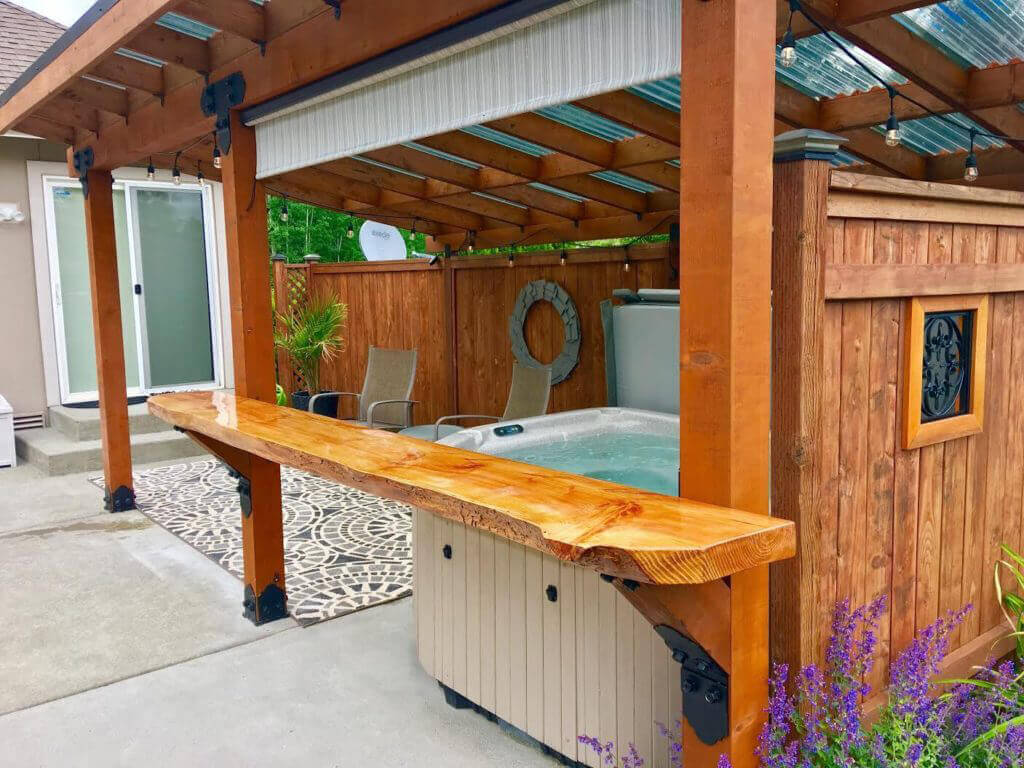



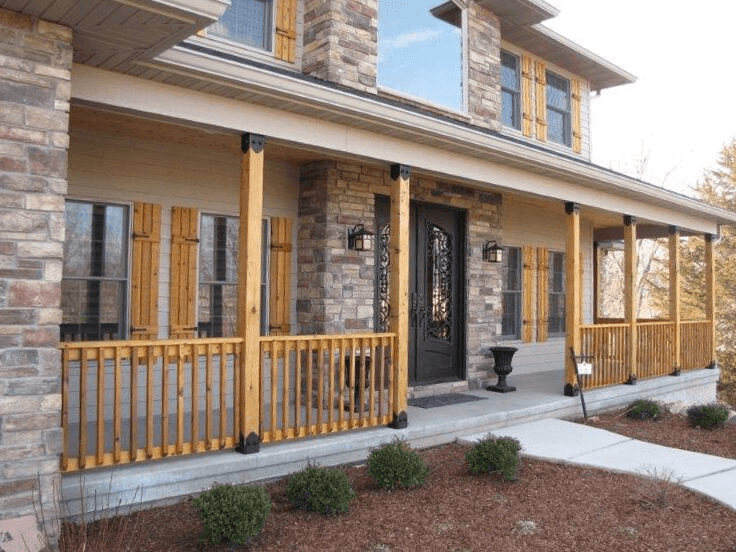
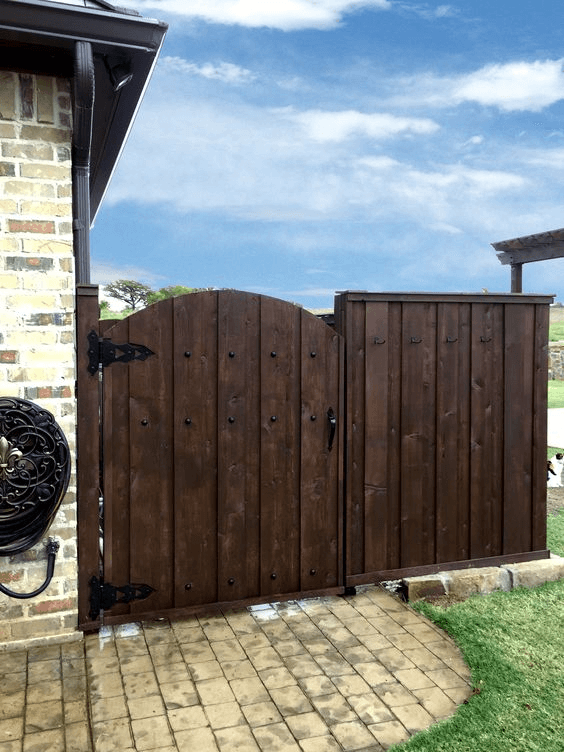
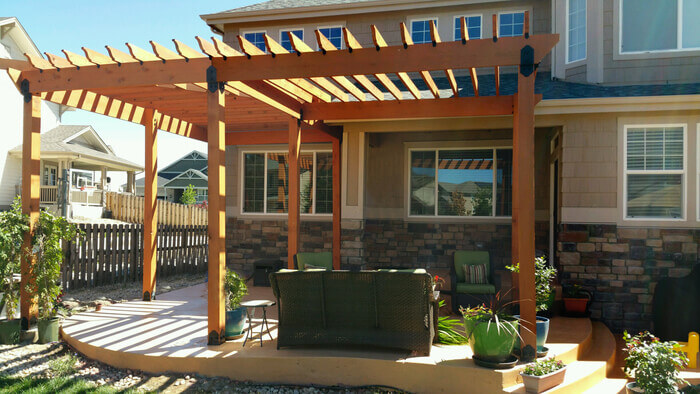

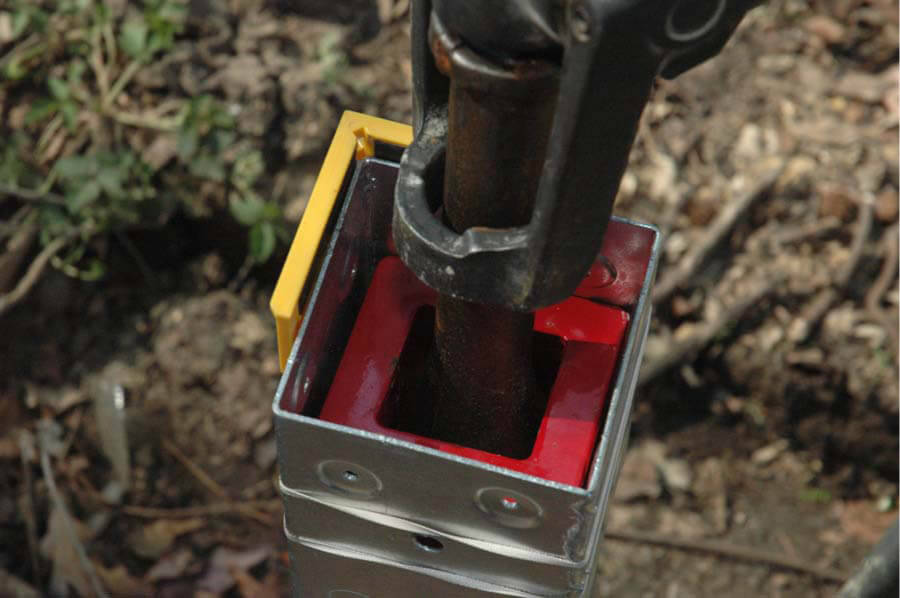


Leave a Reply